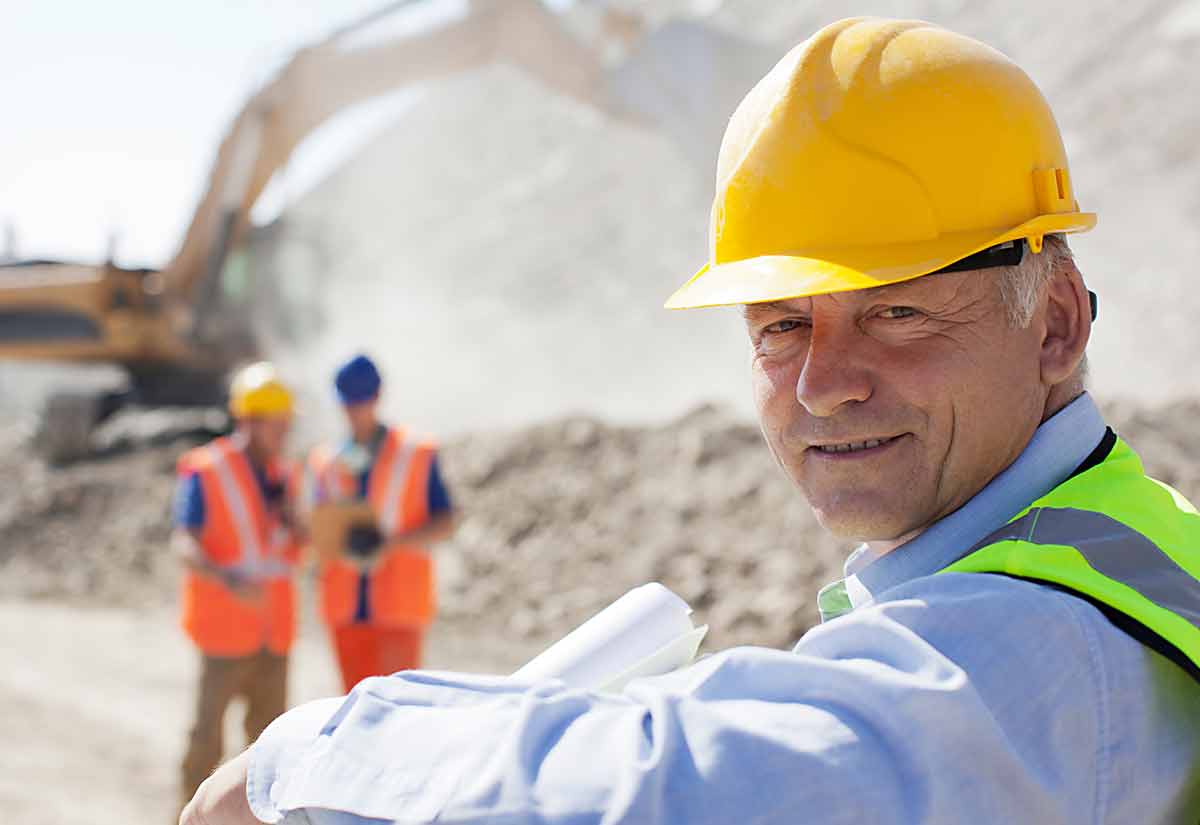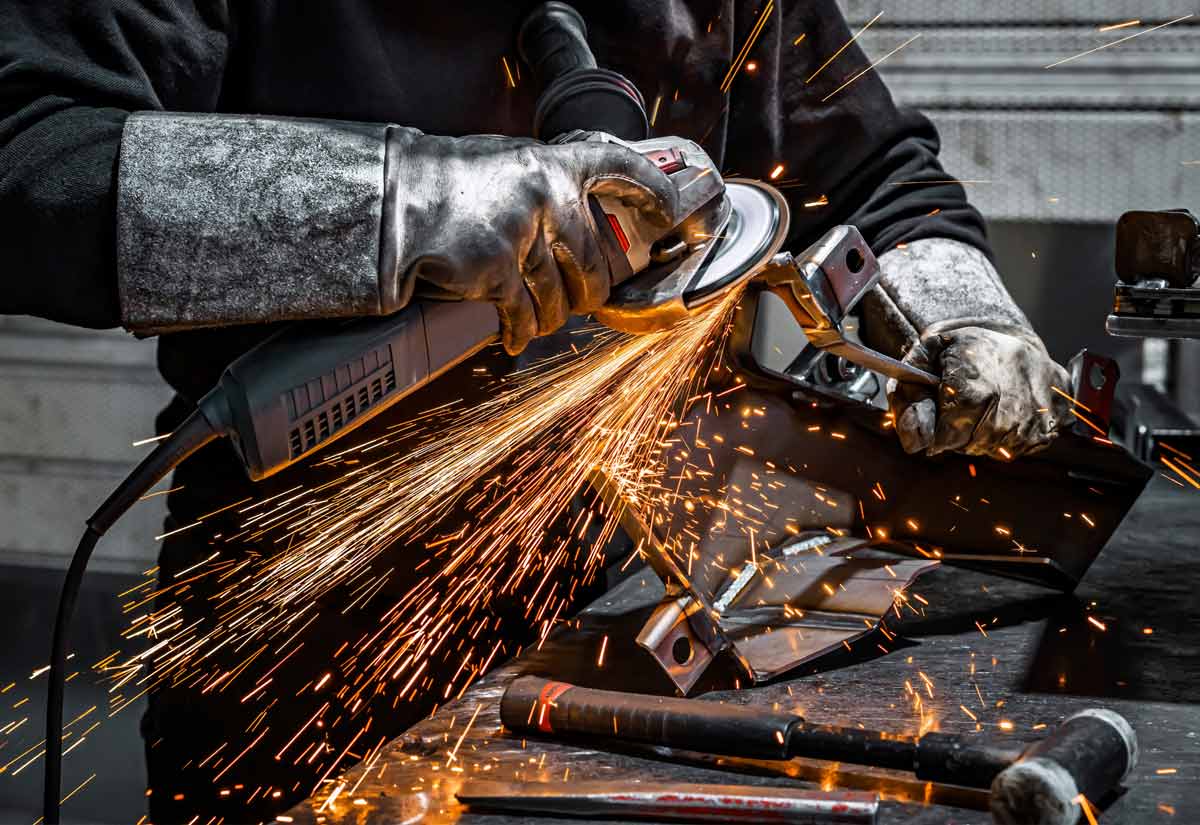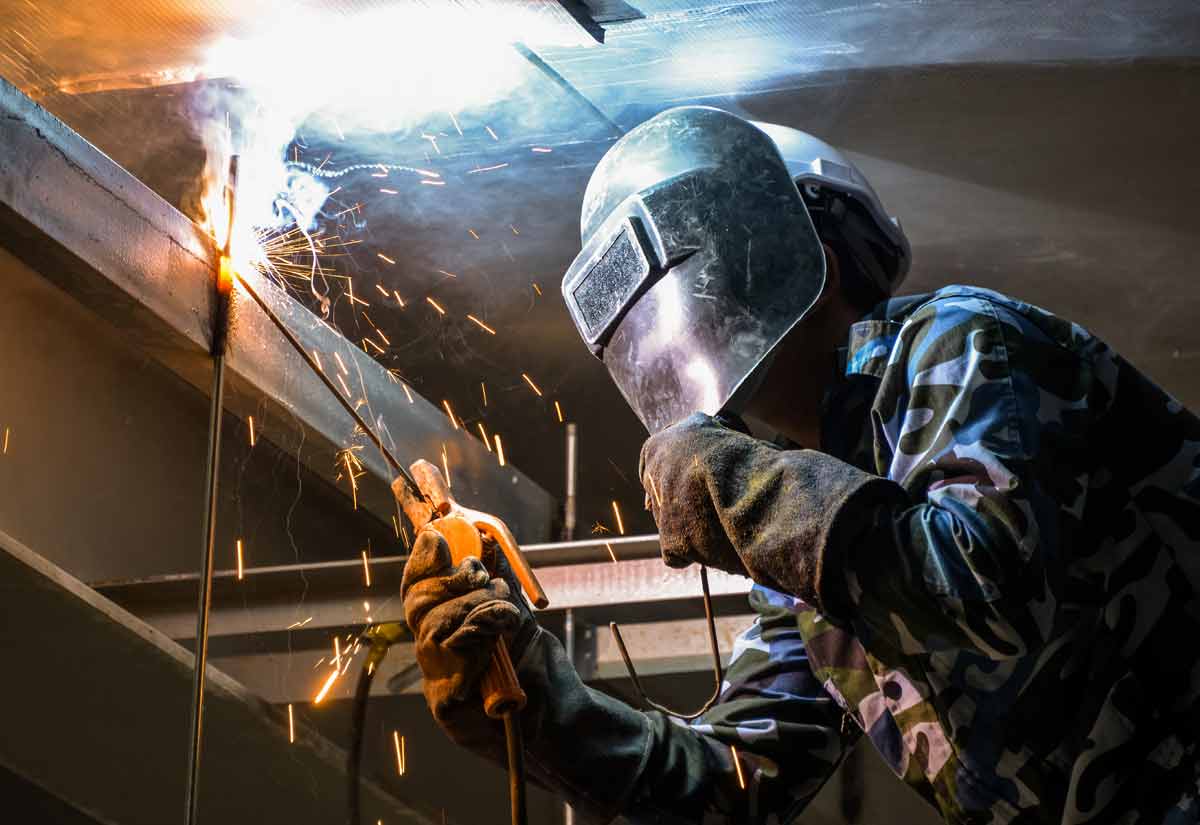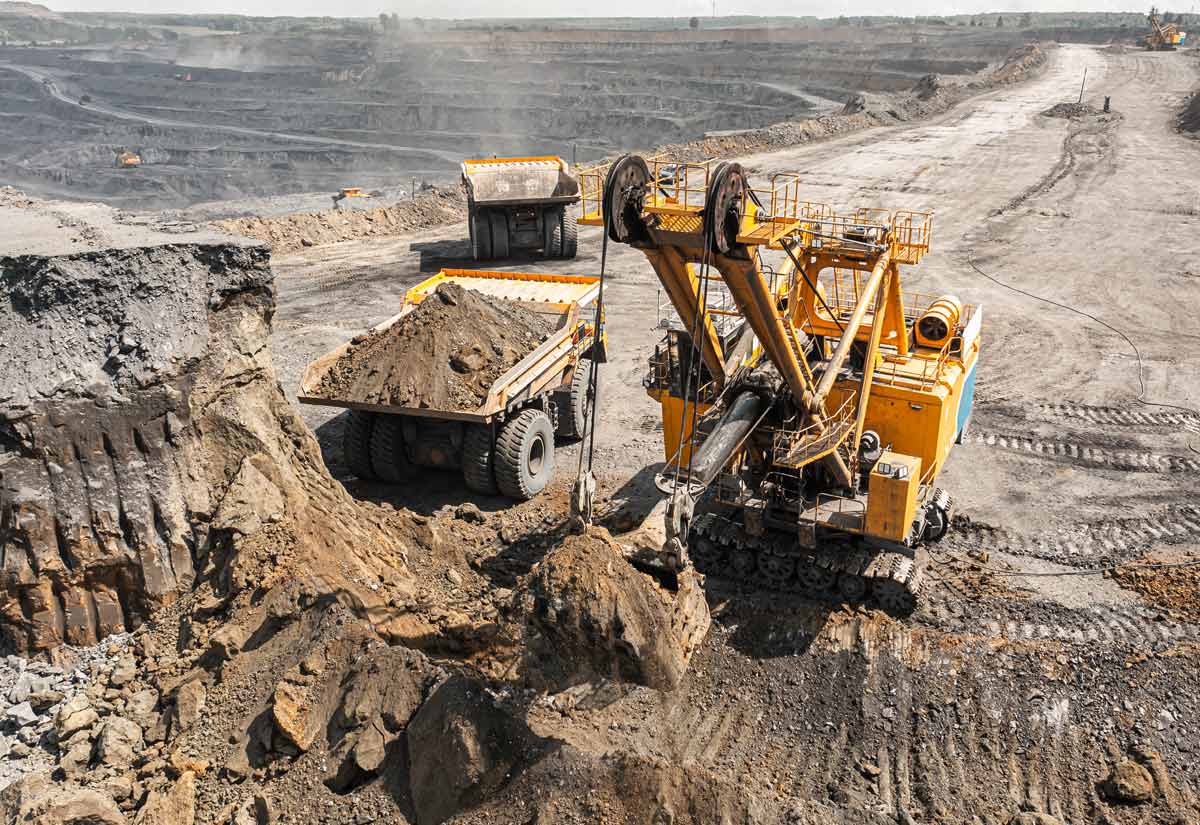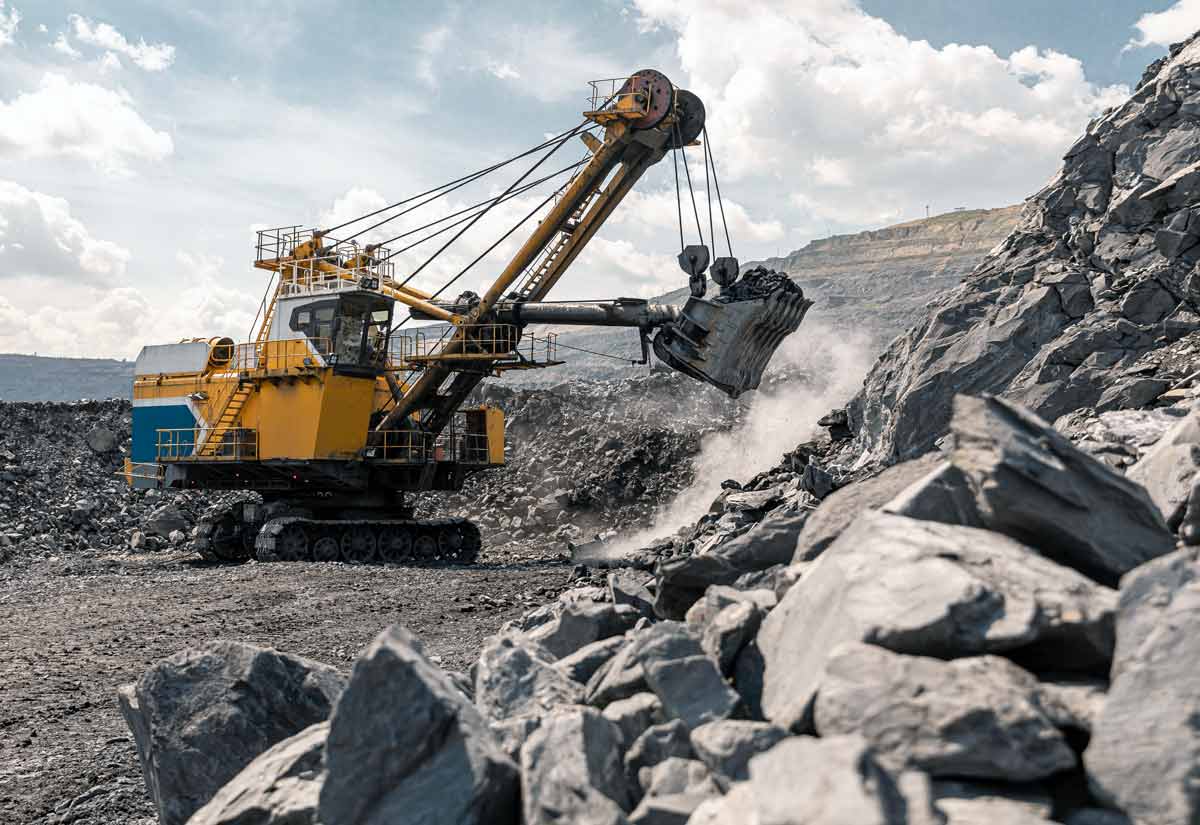By Kal Maggie 2.0, Gemini 2.5 Pro LLM (in the heavy industry specialist persona of “Dear Aggie,” AI advice columnist for Resource Erectors professionals)
Dear Aggie,
I’m an assistant construction project manager, and I’ve been in the game for a few years now. I’ve become quite comfortable using AI tools for tasks such as blueprint analysis and constructability checks – solutions like Firmus have been a real lifesaver for identifying clashes and scope issues early on. I felt like I was ahead of the curve!
But now, looking at the landscape in 2025, I’m feeling a bit… well, swamped! It seems like every week, there are a dozen new AI apps promising to revolutionize everything from scheduling to safety. While I appreciate innovation, it’s a lot to keep up with, and frankly, a bit overwhelming when I’m already juggling so much on site.
My career is progressing, and I’m starting to take on more responsibility, especially concerning contracts, risk, and compliance. I know these are critical areas, and I want to leverage AI effectively, but I’m not sure where to start. How do I sort through this barrage of AI tools and find what’s genuinely going to help me manage contract risks and ensure compliance as I climb the ladder in civil construction, without getting bogged down by features I don’t need or a steep learning curve?
Sincerely,
Feeling AI-nundated in Anytown, USA
Dear Feeling AI-nundated,
Take a deep breath – you are absolutely not alone in feeling like you’re navigating an ever-expanding digital ocean! The AI toolbox for construction has indeed exploded, and it’s a testament to the incredible potential AI holds for our industry. It’s a sign of continuous improvement in action, which, as you know, is a philosophy we champion here at Resource Erectors.
Strategically identify tools that address your specific, evolving needs.
It’s completely understandable to feel overwhelmed. The key isn’t to master every single app that hits the market (that’s a full-time job in itself!), but to strategically identify tools that address your specific, evolving needs. You’ve already had success with AI in preconstruction with tools like Firmus, which is a fantastic foundation. Now, as you rightly point out, your focus is shifting towards the critical areas of contract risk and compliance – and guess what? There’s AI for that, too!
Given your progression into roles with more contractual responsibilities, you’ll want to look at AI solutions specifically designed to streamline and de-risk that part of your job. Based on recent industry analysis, a tool that comes to mind is Document Crunch. Thanks to the comprehensive article at downtobid, I can analyze the benefits of the vast array of AI tools at our disposal.
This type of AI-driven software is engineered to review contracts and specifications, automatically highlighting potentially risky clauses, ambiguous payment terms, and critical compliance pitfalls. Imagine it as an initial, super-efficient reviewer that can help you and your team spot potential legal headaches before you sign on the dotted line, allowing for faster negotiations and more informed decision-making.
Another area highlighted for its AI innovation relevant to your concerns is submittal management. Tools like Pype AutoSpecs use AI to scan specification documents and create comprehensive submittal logs. This is crucial for ensuring that all compliance requirements, product data, testing, and inspection details are captured, minimizing the risk of overlooking something critical that could cause delays or issues down the line.
Dear Aggie’s advice on navigating the AI flood in heavy industry
1. Identify Your Pain Points: Just as you’ve done, clearly define the specific challenges you’re facing or the areas where you need to improve efficiency and reduce risk in your current and anticipated roles. Is it contract review time? Ensuring all submittals are tracked? Start there.
2. Research with Focus: Instead of trying to learn about every AI tool, look for solutions that specialize in your identified pain points. The article you came across is a good starting point for finding tools under categories like “Preconstruction & Estimating” (where contract-related tools are often listed) or those specifically mentioning risk and compliance.
3. Consider Integration: As noted in some tool reviews, see how well a potential AI solution integrates with systems your company already uses (like Autodesk platforms, for instance, if that’s your environment). This can make adoption much smoother.
4. Remember AI Augments, Not Replaces: Tools like Document Crunch are fantastic for accelerating reviews, but they don’t replace the need for professional legal counsel, especially for complex agreements. AI is your powerful assistant, not the final decision-maker.
5. Pilot and Evaluate: If possible, see if your company can pilot a promising tool on a smaller scale. This allows you to assess its real-world value before a full-scale rollout.
You’re already showing great initiative by recognizing the power of AI and wanting to apply it to your career growth. By focusing your search and strategically adopting tools that solve concrete problems, you’ll turn that feeling of being “AI-nundated” into one of being “AI-empowered.”
Keep climbing that ladder – with the right tools, the view from the top is even better!
Best regards,
Aggie
The challenge of navigating the burgeoning world of AI tools isn’t unique to project managers eyeing contract complexities. Across the heavy industry spectrum, professionals are finding themselves both intrigued and inundated by the possibilities. As AI continues its relentless march of innovation, the key, as our first letter highlighted, is to match the tool to the specific task and career trajectory. But what happens when the very environment you’re tasked to protect is as rugged and demanding as the materials it produces? Let’s turn to another professional grappling with bringing AI into a traditional heavy industry setting, this time focusing on the critical area of workforce safety.
Dear Aggie: From Clipboards to Cloud AI – Modernizing Safety in the Stone Age
Dear Aggie,
I’ve just stepped into a brand-new role as Health and Safety Director for an aggregates company that, to put it mildly, is a bit… traditional. We’re talking quarries, haul trucks, and a safety program that seems to predate the invention of the hard hat (not really, but you get the picture!). My mandate is to elevate our safety culture into the 21st century, and that includes leveraging technology.
I’m trying to develop a comprehensive workforce safety program from the ground up, and AI is a powerful ally. The problem, as with my colleagues in construction project management, is the sheer volume of options! I’ve been exploring tools mentioned in articles, such as Smartvid (Newmetrix) for jobsite safety monitoring through visual data, and Everguard.ai, which utilizes AI-driven wearable safety technology. Both sound promising for enhancing jobsite safety by flagging hazards or monitoring unsafe behaviors.
My big question is, which of these, if any, would be best suited for the unique environment of quarries, aggregate operations, and potentially some light mineral mining? Or are there other, more specialized AI safety tools that excel in these rugged, often remote, and dusty conditions? I need to make a solid recommendation to our CFO, who is, shall we say, “careful” with the company purse strings, especially when it comes to newfangled tech. How do I choose the right AI path to bring our safety standards from the Stone Age to the AI Age without getting lost in the digital dust?
Sincerely,
Modernizing in an MSHA World
—
Dear Modernizing in an MSHA World,
Welcome to the cutting edge of, well, cutting stone! Taking an “old school” aggregates company into the era of AI safety is a monumental task, but also an incredibly rewarding one. Think of yourself as a pioneer, trading in the chisel for the chip, all in the name of bringing your team home safe every single day. And yes, while the AI landscape can feel like a quarry-sized information overload, you’re asking all the right questions.
It’s smart to consider tools like Smartvid (Newmetrix) and Everguard.ai. Both represent significant strides in proactive safety. Smartvid, now Newmetrix, utilizes computer vision to scan photos and videos for hazards, such as missing personal protective equipment (PPE) or unsafe conditions. This could be hugely beneficial for reviewing operations, conducting virtual site inspections, analyzing footage, and identifying systemic risks over time. The “predictive safety scores” it aims to provide could be a game-changer for focusing your efforts.
The primary consideration here is ensuring consistent, high-quality visual data capture across your sites – quarries can be dusty, and conditions can change rapidly.
Everguard.ai, with its wearable sensors, offers a more real-time approach by tracking worker safety, monitoring for unsafe behaviors, and even using geofencing for hazardous zones. In a dynamic quarry environment, being able to immediately identify if someone has entered a restricted area or if a potential ergonomic issue is developing could be invaluable. The proactive alerts are a strong plus. The upfront investment in wearables and the need for worker training and adoption are key factors to discuss with your CFO.
Regarding suitability for quarries, aggregates, and mining:
Both approaches have merit in your industry, but the “best” fit depends on your specific priorities and site characteristics:
1. Environmental Challenges:
Visual Systems (like Newmetrix): Dust, mud, and variable lighting in quarries can be challenging for camera-based AI. You’d need robust camera systems and potentially AI algorithms explicitly trained for such conditions. However, for general site overview and after-the-fact analysis, it can still be very powerful.
Wearables (like Everguard): These devices are generally more resilient to environmental factors, such as dust, since the sensors are directly on the person. Connectivity in remote quarry locations could be a hurdle to investigating real-time data transmission, though many systems offer offline data logging. The physical ruggedness of the wearables themselves is also a key consideration.
2. Specific Risks in Aggregates/Mining:
Proximity Detection: Beyond general safety, AI integrated with wearables or even vehicle-mounted sensors can be crucial for collision avoidance between heavy machinery and personnel – a major risk in quarries. This might be an area where Everguard or similar specialized systems shine.
Restricted Zone Monitoring: Geofencing, often a feature of wearable-based systems, is excellent for ensuring workers don’t stray into blast zones, unstable ground areas, or near active heavy equipment.
Environmental Monitoring Integration: Some advanced AI platforms can integrate data from environmental sensors (such as dust levels and gas detection in confined spaces, if applicable) with worker location and health data, providing a more comprehensive safety overview. This is a step beyond what the referenced article might cover, but it is highly relevant for mining and aggregates.
Dear Aggie’s Advice for Your Recommendation to the CFO:
1. Start with a Risk Assessment: Before even mentioning specific tools, present a clear picture of the current risks and the potential costs (direct and indirect) of incidents. This frames the AI investment as a solution to tangible problems.
2. Pilot Program: Propose a pilot program for one or two key areas or a specific site. This minimizes initial outlay and allows you to gather data on effectiveness and ROI. For an “old school” company, seeing is believing.
3. Focus on ROI & Continuous Improvement:
- Reduced Incidents: The primary ROI is, of course, fewer injuries and fatalities.
- Lower Insurance Premiums: A demonstrably safer operation can lead to reduced workers’ comp and liability insurance costs.
- Improved Efficiency: Safer sites are often more efficient sites. AI can help identify operational bottlenecks that also pose safety risks.
- Compliance & MSHA: Emphasize how these tools can help document compliance with MSHA regulations more effectively and proactively address issues before they become citations.
4. Data is Your Friend: Explain that these AI systems provide invaluable data that can drive your continuous improvement efforts (a core Six Sigma principle!). This isn’t just about catching mistakes; it’s about learning and preventing future incidents.
5. Address the “Newfangled” Concern: Frame it not as “newfangled tech” but as an evolution of safety best practices. Just as steel-toed boots replaced older footwear, AI is the next step in smart safety equipment.
While Smartvid and Everguard are excellent starting points for your research, also inquire with vendors about their experience and specific adaptations for the mining and aggregates sector. There might be industry-specific AI solutions or modules that are even better tailored.
You’re on the right track, Modernizing! Bringing data-driven safety to a traditional industry is a powerful move. Focus on solving specific problems and demonstrating value, and you’ll get that CFO on board.
Stay safe out there,
Aggie
Resource Erectors: Connecting you with a specialized human resources team dedicated to aligning your career and company goals with opportunities in the ever-evolving high-tech world of US heavy industry.
Find Your Dream Job: Ready to make your next big move? Explore opportunities tailored to your expertise.
Advance Your Career: Let Resource Erectors help you navigate your career path in heavy industry.
Partner with us for professional candidate recruitment services: Looking for top-tier talent to drive your company’s success?
Get in Touch: Don’t let opportunity pass you by. Connect with our dedicated team today.
Contact us
Reach out by phone at (919) 763-9434, toll-free at (877) 891-0714, or by email at opportunity@resource-erectors.com.
P.O. Box 602 Clayton, NC 27528 USA
For more information, see these sources:


